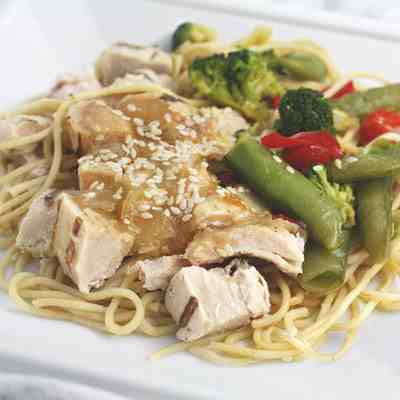5 Rules to Follow for a Renal-Friendly Diet

Rules to Follow for a Renal-Friendly Diet
What’s for dinner? When you’re hungry, you might raid the refrigerator or hit your favorite restaurant for a bite to eat.
But when you have renal disease, you have to be a little more selective about your food choices and follow a Renal-Friendly diet.
Why? When you’re kidneys aren’t 100%, it’s harder for them to remove excess water and toxins. Making a few changes to your diet can make a big difference and keep you healthy.
There’s five main nutrition rules to follow with renal disease…
1. Get adequate protein
How much exactly? It depends. Protein needs for people with renal disease vary based on your height, weight, and health.
It’s OK to eat some protein when you have renal disease. But too much can cause waste products to build up in your blood.
A good rule to follow...A serving of chicken, turkey, or lean beef should be about the size of a deck of cards.
2. Limit sodium
You might think that means cut back on using the salt shaker. But that’s usually not the source of excess sodium. It’s highly-processed foods like canned meats, pizza, and fast food.
With renal disease, your daily sodium goal should be around 1,500 to 2,000 mg.
Why? Excess sodium causes your body to store water, increases blood pressure, and makes it harder for your heart and lungs to do their job.
3. Avoid foods high in potassium
Some common high-potassium foods include potatoes, tomatoes, melons, oranges, bananas, and dairy products.
You need potassium to support muscle function. But too much or too little can lead to muscle function and mobility issues.
4. Limit phosphorus
Phosphorus is used in a lot of processed foods like burgers, fries, cheese, and soda.
Healthy kidneys can filter out excess phosphorus. But when you have renal disease, it’s harder for your kidney to regulate this.When phosphorus builds up in your blood, it can make you sick and lead to calcium loss and weak bones.
Here’s an easy way to tell if there’s phosphorus in a food. Read the ingredients on the label, and watch out for calcium phosphate, phosphoric acid, and hexametaphosphate.
Even some healthy foods contain higher levels of phosphorus like dairy products, nuts, and whole grains.
5. Keep calcium in check
You need calcium to keep your bones healthy. But too much can damage your blood vessels. Ask your doctor about a blood test to measure calcium levels. If you already have elevated calcium levels, steer clear of foods fortified with calcium like cereal, orange juice, and milk.
Feeling a little overwhelmed about following a Renal-Friendly diet? There’s a lot to keep track of, foods you should avoid, and ingredients you should pay attention to.
Want to make it easier to follow a Renal-Friendly diet? Check out the menu and pick your favorite meals.



 INSURANCE CUSTOMERS CLICK HERE!
INSURANCE CUSTOMERS CLICK HERE!
